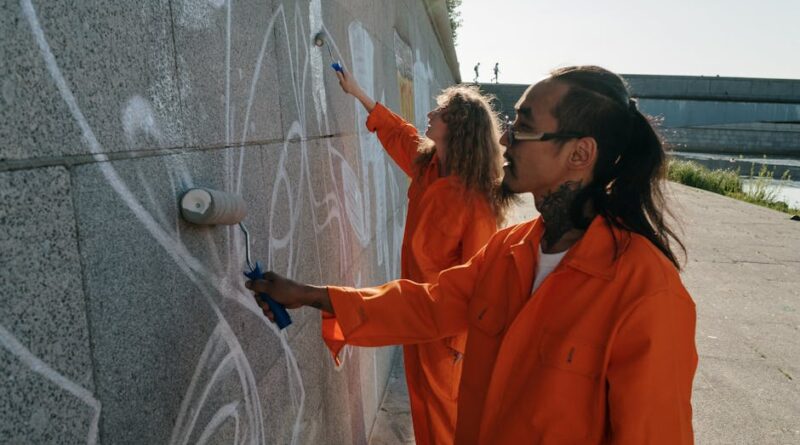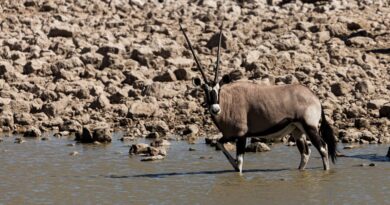The Role of Citizens in Conservation Projects
Conservation projects play a vital role in protecting our environment, preserving biodiversity, and ensuring a sustainable future for generations to come. While governments and organizations often spearhead these initiatives, the role of citizens in conservation projects is equally significant. By actively engaging in conservation efforts, individuals can contribute to positive environmental change on a local and global scale. In this article, we will explore the various ways in which citizens can get involved in conservation projects, the impact of their participation, and the importance of community-driven conservation initiatives.
The Power of Citizen Science
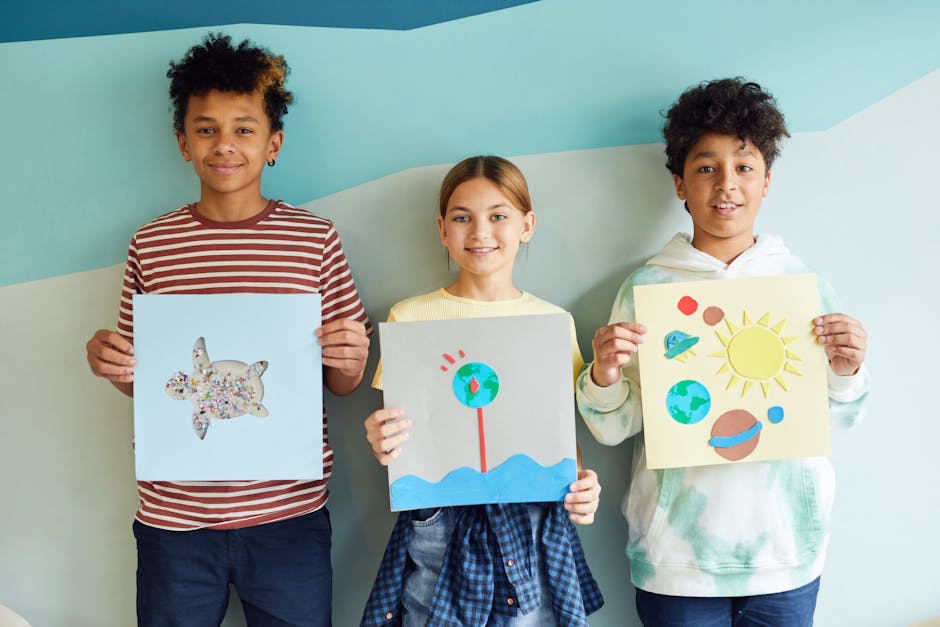
One of the most impactful ways in which citizens can contribute to conservation projects is through citizen science. Citizen science involves the participation of volunteers in scientific research, data collection, and monitoring activities. This grassroots approach not only provides valuable data to researchers and scientists but also empowers individuals to take an active role in conservation.
For example, projects like eBird and iNaturalist allow birdwatchers and nature enthusiasts to record their observations of bird species and wildlife, contributing to a vast database of biodiversity information. This data is used by scientists to track population trends, study migration patterns, and assess the health of ecosystems. By participating in citizen science initiatives, individuals can directly contribute to our understanding of the natural world and support conservation efforts.
Community-Based Conservation Projects

Community-based conservation projects are another powerful way for citizens to make a difference in environmental protection. These projects involve collaboration between local communities, NGOs, and government agencies to address conservation challenges in a participatory and inclusive manner.
One notable example of community-based conservation is the establishment of marine protected areas (MPAs) in coastal regions. In places like the Philippines and Kenya, communities have come together to create MPAs that restrict fishing activities, protect coral reefs, and restore marine ecosystems. By involving local residents in the decision-making process and implementation of conservation measures, these initiatives have been highly successful in promoting sustainable resource management and biodiversity conservation.
Impact of Citizen Involvement
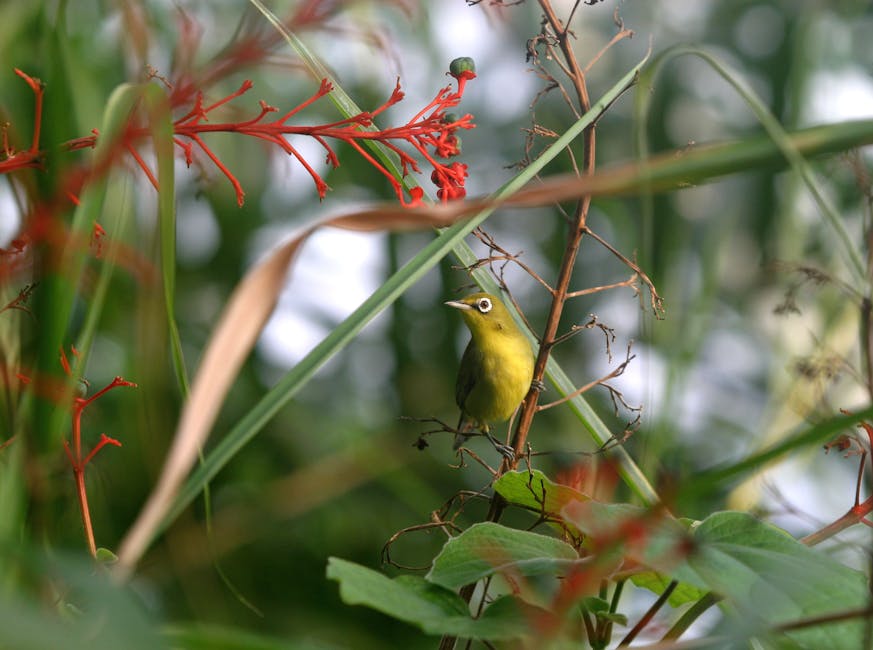
The involvement of citizens in conservation projects can have a significant impact on the success and sustainability of these initiatives. When individuals feel a sense of ownership and responsibility for the environment, they are more likely to take proactive measures to protect it. This sense of stewardship can lead to increased environmental awareness, behavior change, and advocacy for conservation policies.
Studies have shown that citizen involvement in conservation projects can also enhance the scientific validity and credibility of research outcomes. By engaging a diverse group of volunteers in data collection and monitoring activities, researchers can gather more comprehensive and accurate information about ecosystems, species populations, and environmental trends. This collaborative approach not only improves the quality of scientific data but also fosters a culture of public engagement in conservation.
Challenges and Opportunities
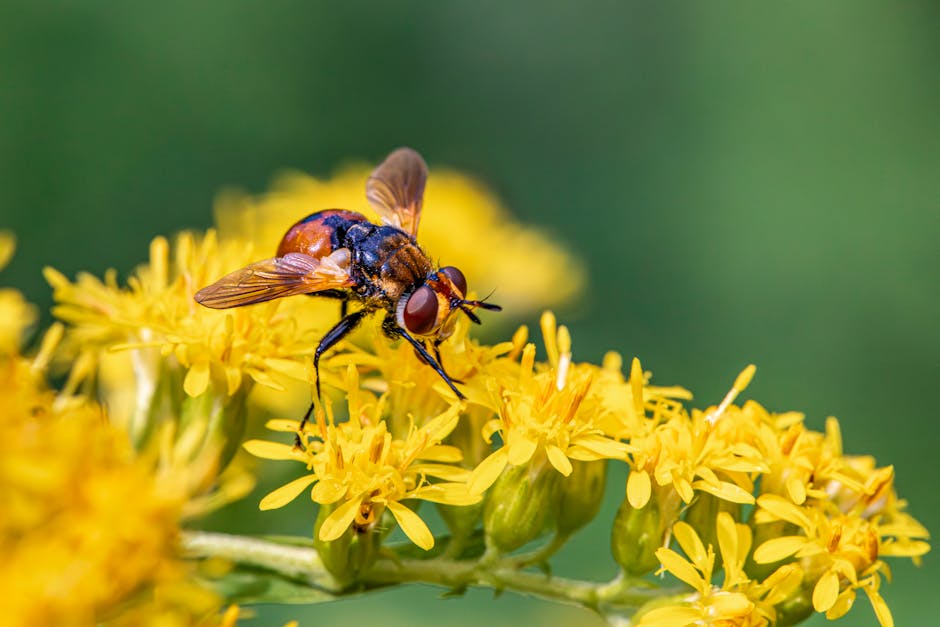
While citizen involvement in conservation projects offers numerous benefits, there are also challenges and opportunities that must be addressed. One of the main challenges is ensuring the long-term sustainability of citizen-led initiatives. Without adequate support, funding, and resources, community-based conservation projects may struggle to achieve their goals and maintain momentum.
Another challenge is the need for effective communication and collaboration between citizens, scientists, policymakers, and other stakeholders. Building trust, sharing knowledge, and fostering dialogue are essential for creating successful partnerships and achieving conservation outcomes. By overcoming these challenges, citizens can seize opportunities to drive positive change and shape the future of conservation.
Education and Advocacy
Education and advocacy are key components of citizen involvement in conservation projects. By raising awareness about environmental issues, promoting sustainable practices, and advocating for conservation policies, citizens can influence decision-making at the local, national, and global levels.
Environmental education programs, workshops, and public outreach campaigns play a crucial role in empowering individuals to become environmental stewards. By providing information, resources, and tools for action, these initiatives can inspire people to make informed choices and take steps to protect the planet.
Empowering Communities for Conservation
Empowering communities to take ownership of conservation projects is essential for creating lasting change. By involving local residents in planning, implementing, and monitoring environmental initiatives, organizations can build capacity, foster collaboration, and promote sustainable development.
One example of community empowerment in conservation is the Grameen Bank’s Green Energy Program in Bangladesh. This initiative provides microloans to rural communities for the purchase of solar panels, biogas digesters, and other renewable energy technologies. By enabling households to access clean energy solutions, the program not only reduces reliance on fossil fuels but also improves living standards and enhances environmental sustainability.
Conclusion
In conclusion, the role of citizens in conservation projects is instrumental in promoting environmental protection, biodiversity conservation, and sustainable development. By actively engaging in citizen science, community-based initiatives, education, and advocacy, individuals can contribute to positive environmental change and shape the future of conservation. Empowering communities to take ownership of conservation projects and fostering collaboration between citizens, scientists, and policymakers are essential for achieving lasting impact and creating a more sustainable world. Together, we can make a difference and ensure a thriving planet for future generations.
Long story short, the involvement of citizens in conservation projects is crucial for addressing environmental challenges, protecting biodiversity, and fostering a culture of sustainability. By working together and taking proactive steps to protect the planet, we can create a more resilient and vibrant natural world for all living beings.

